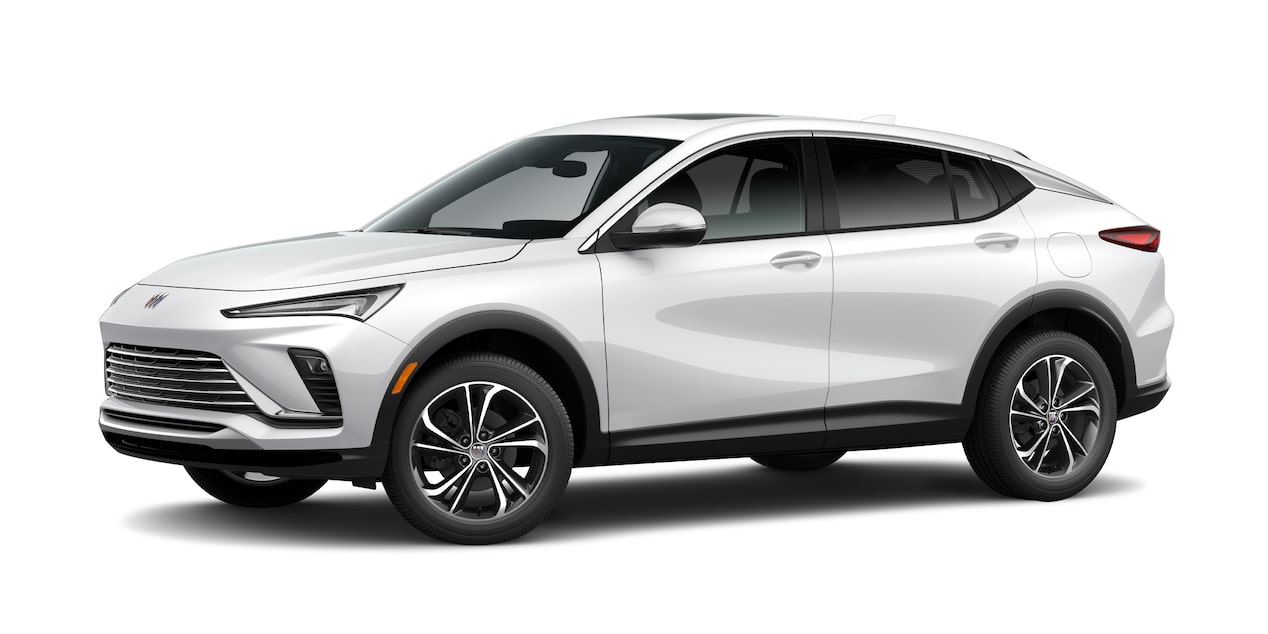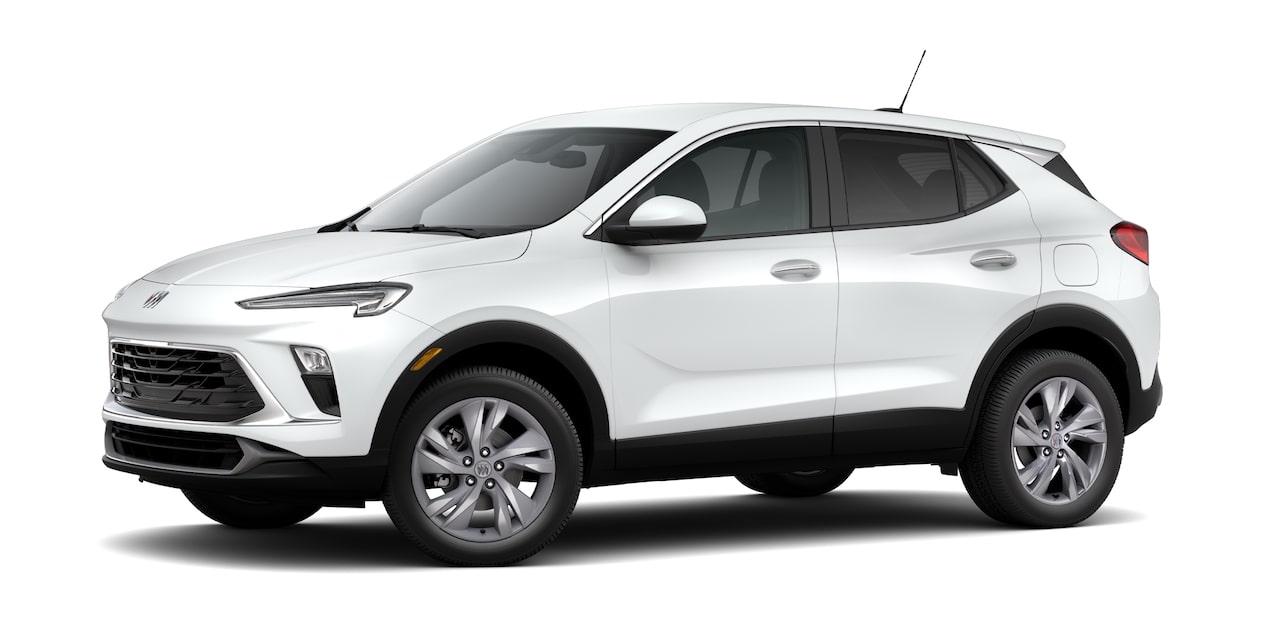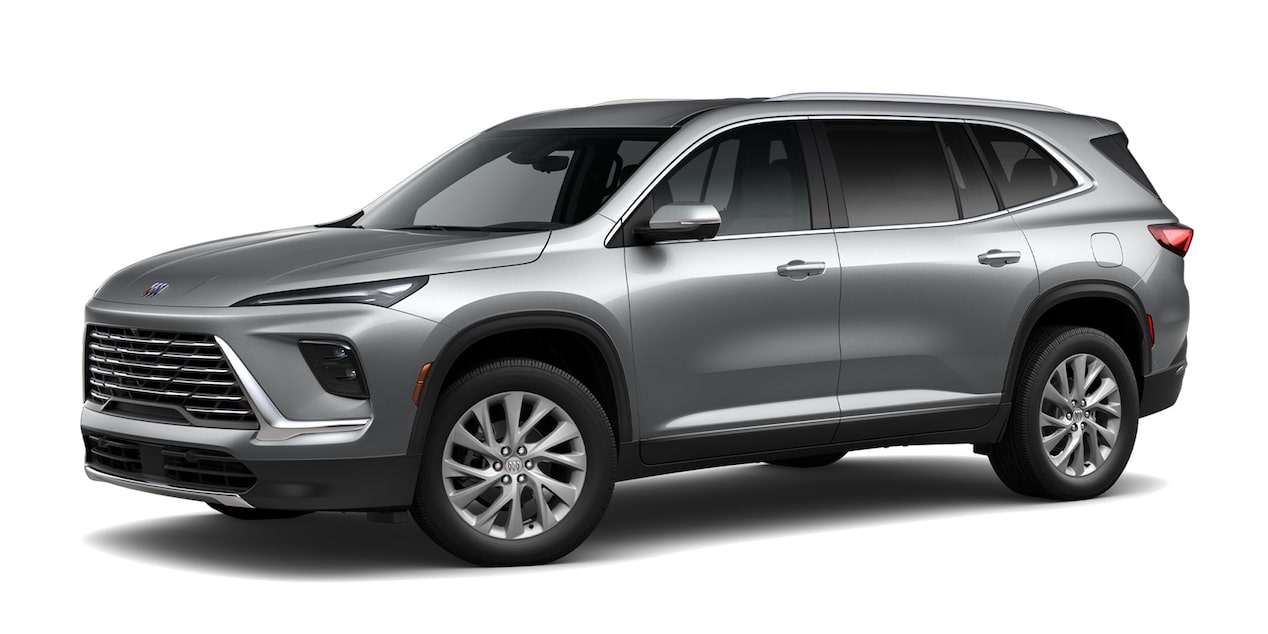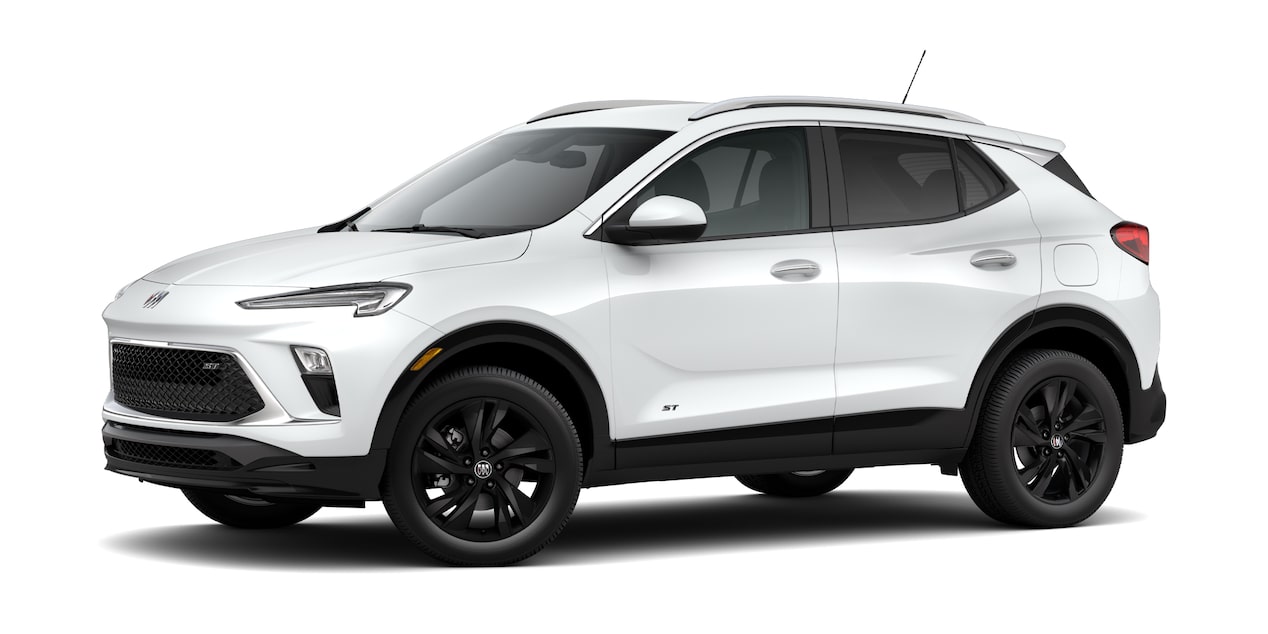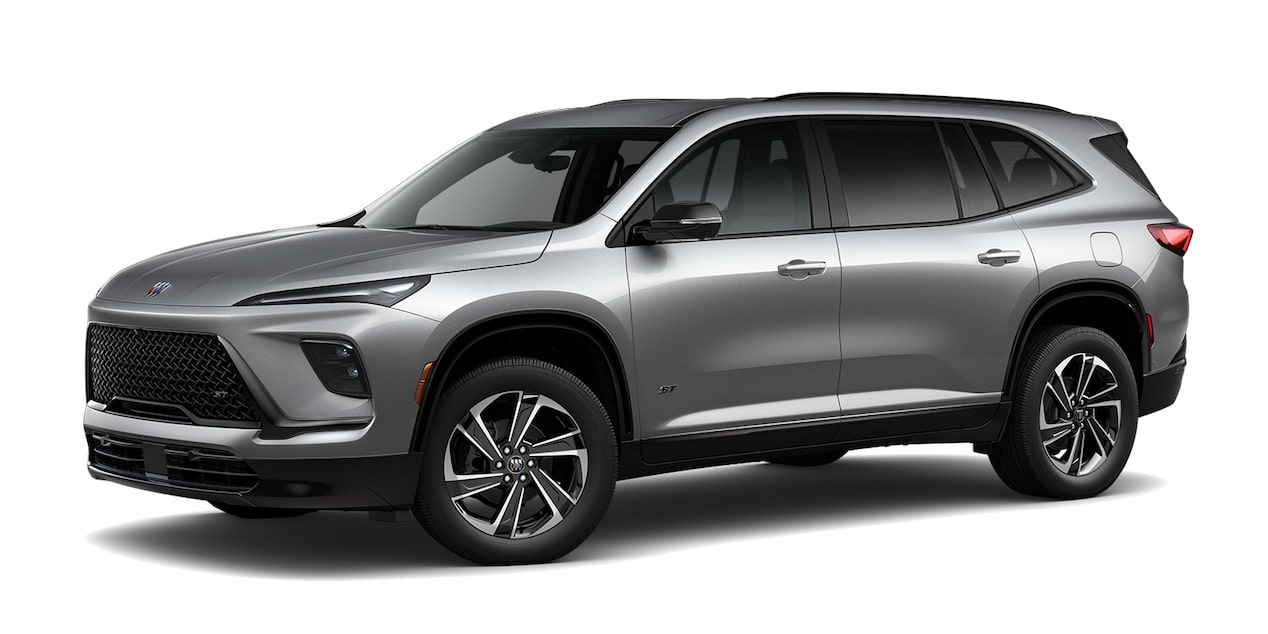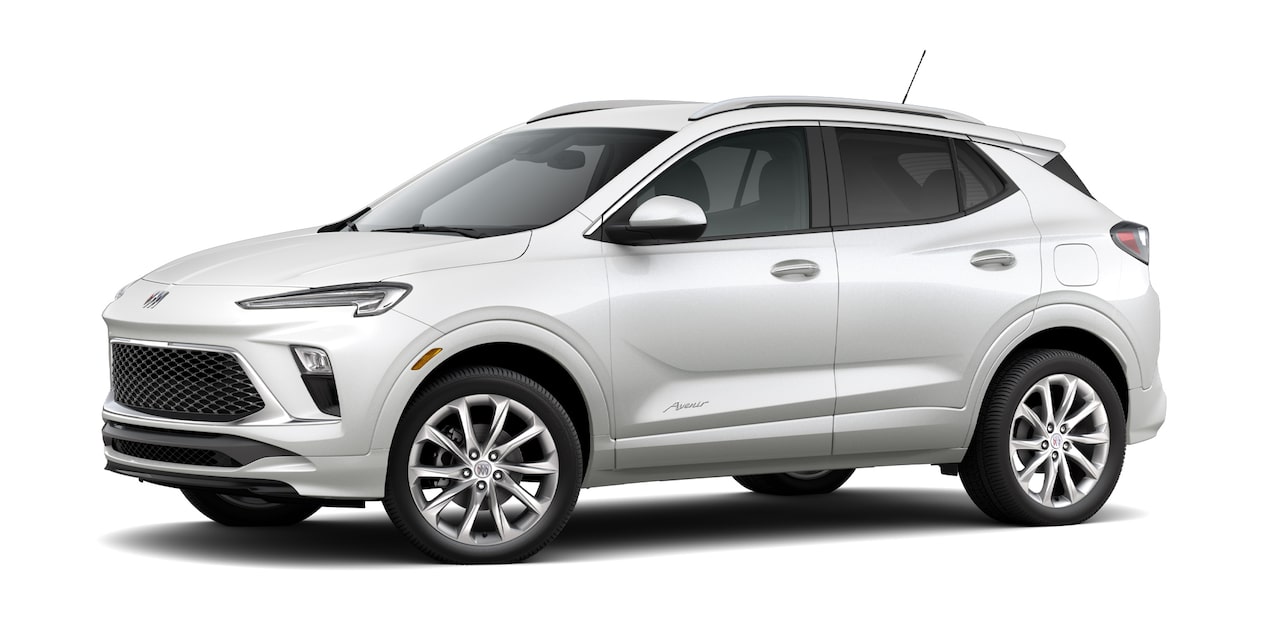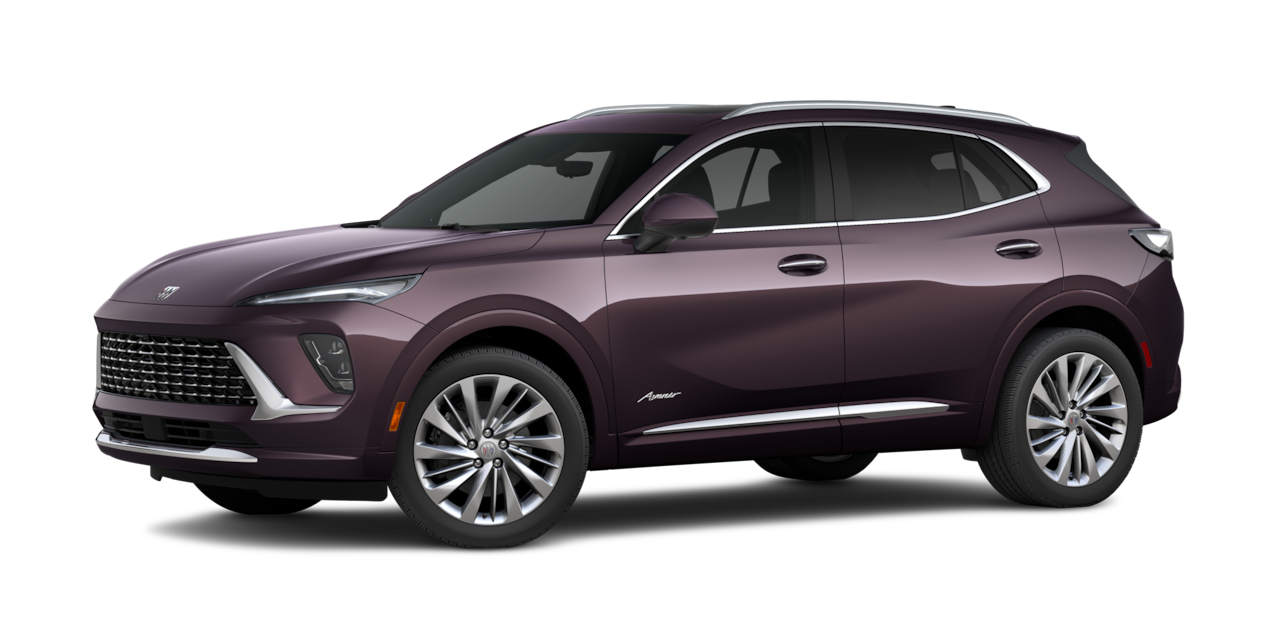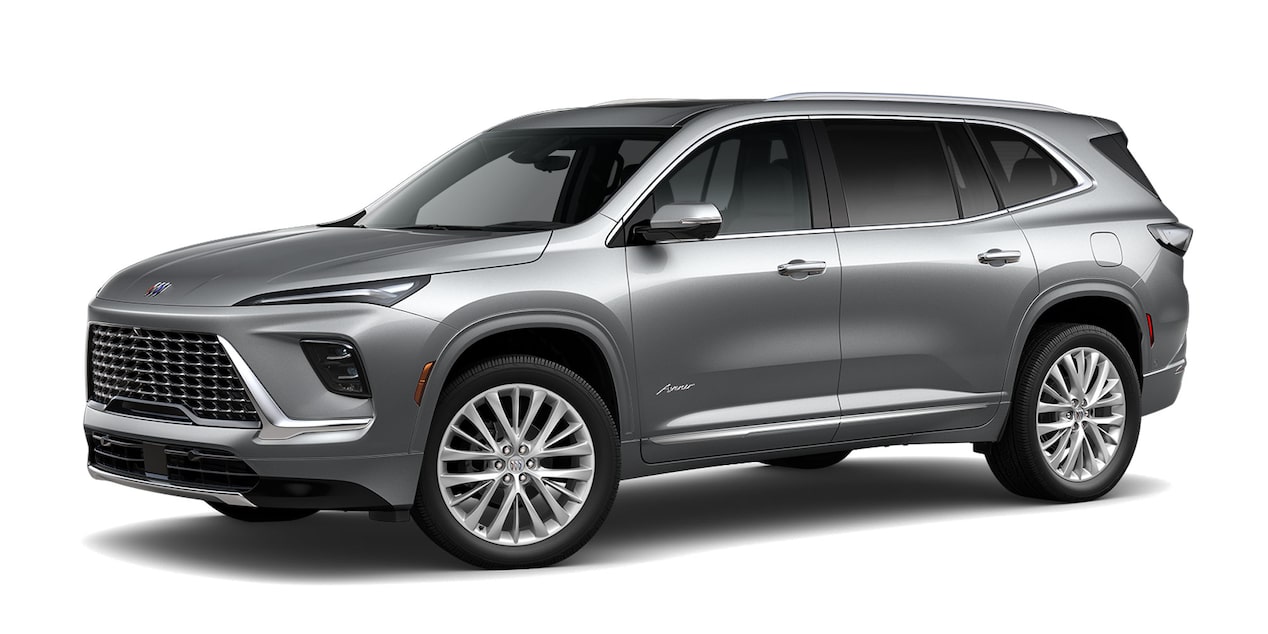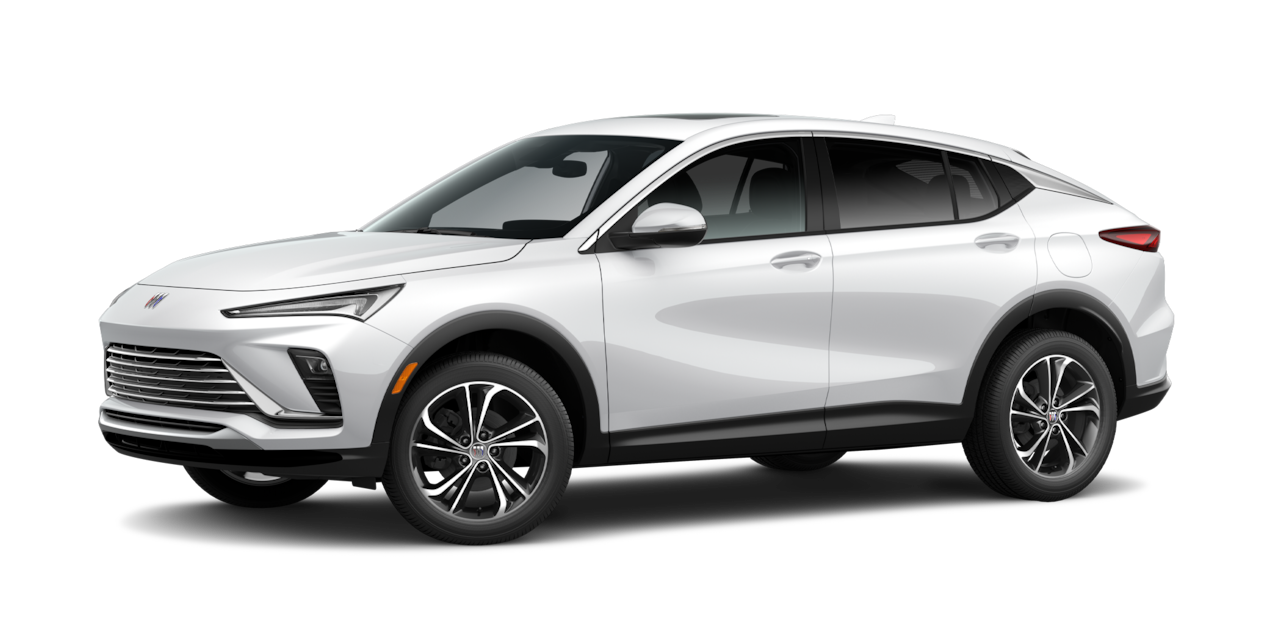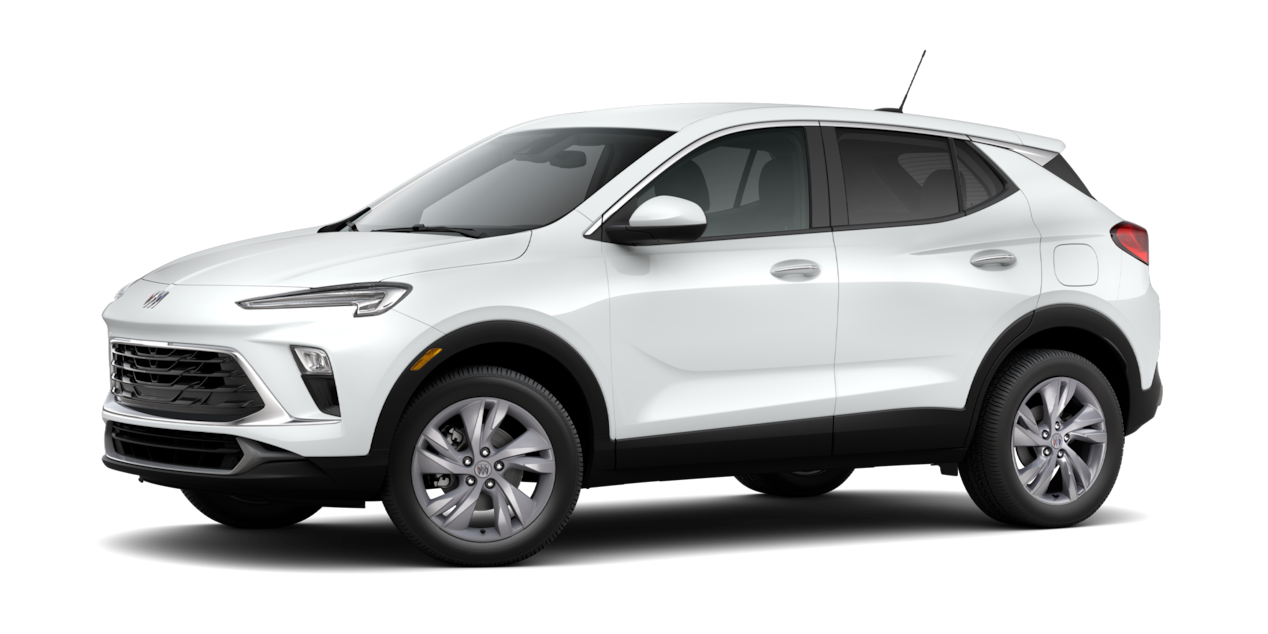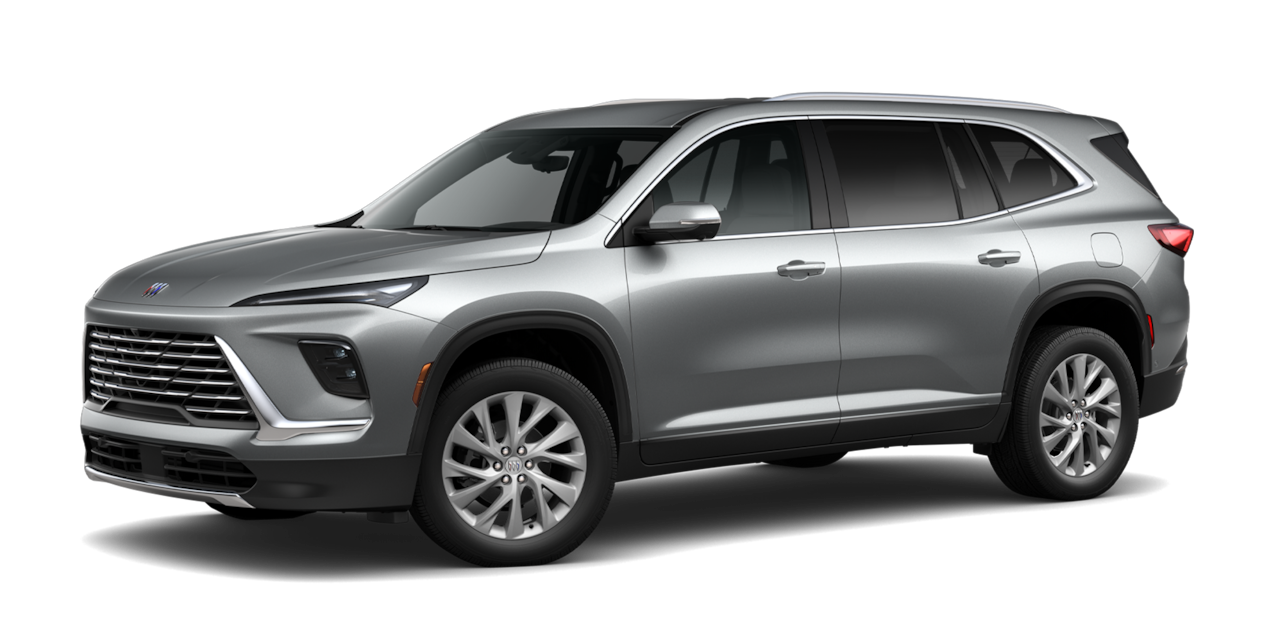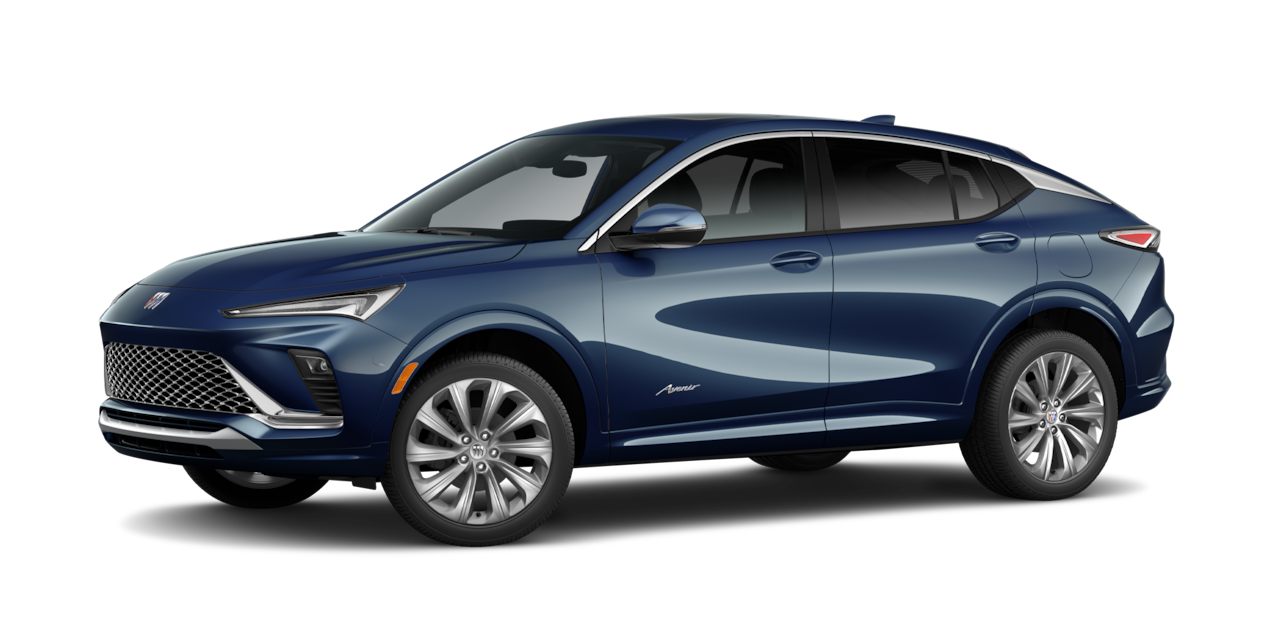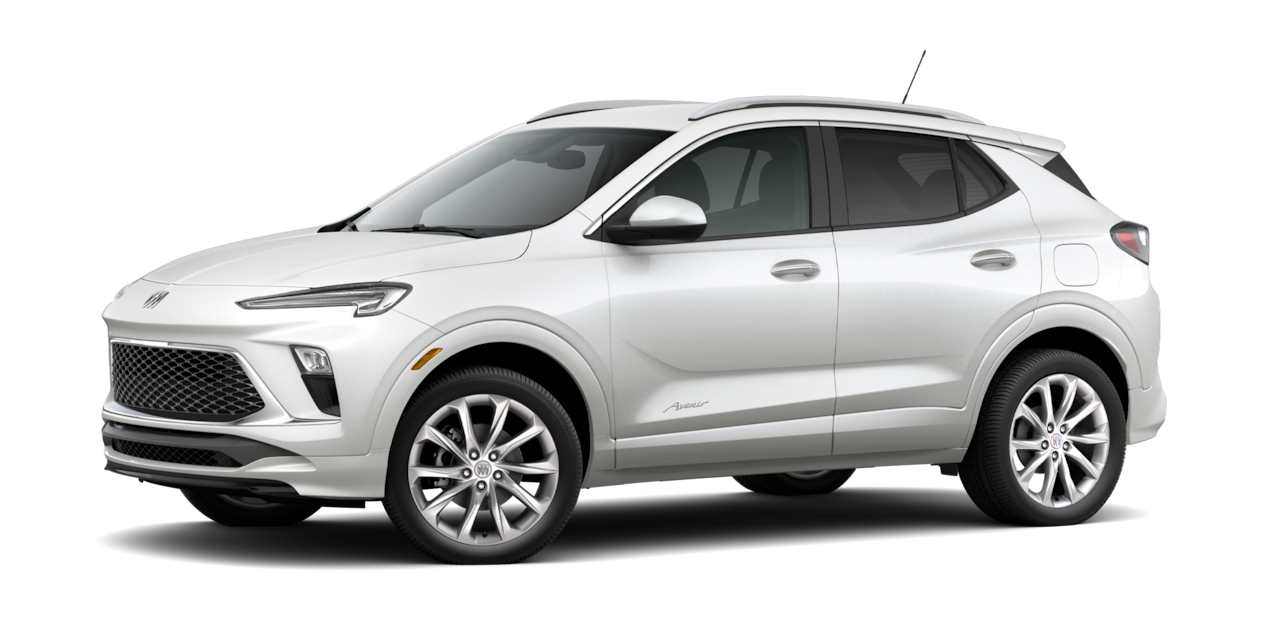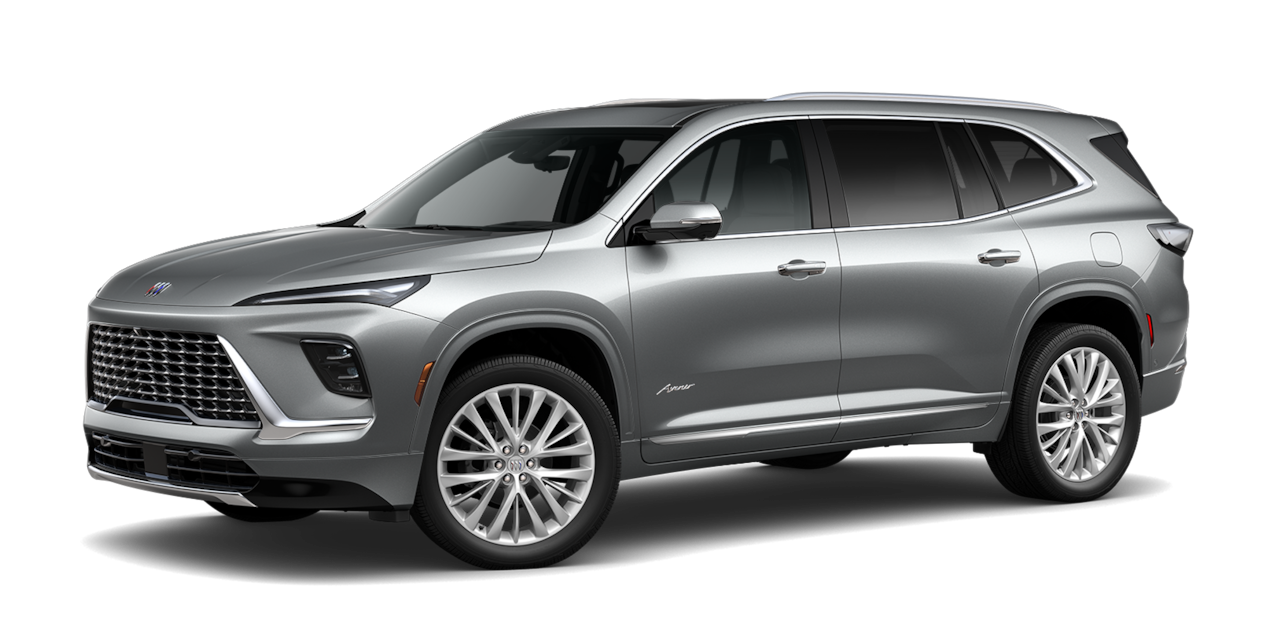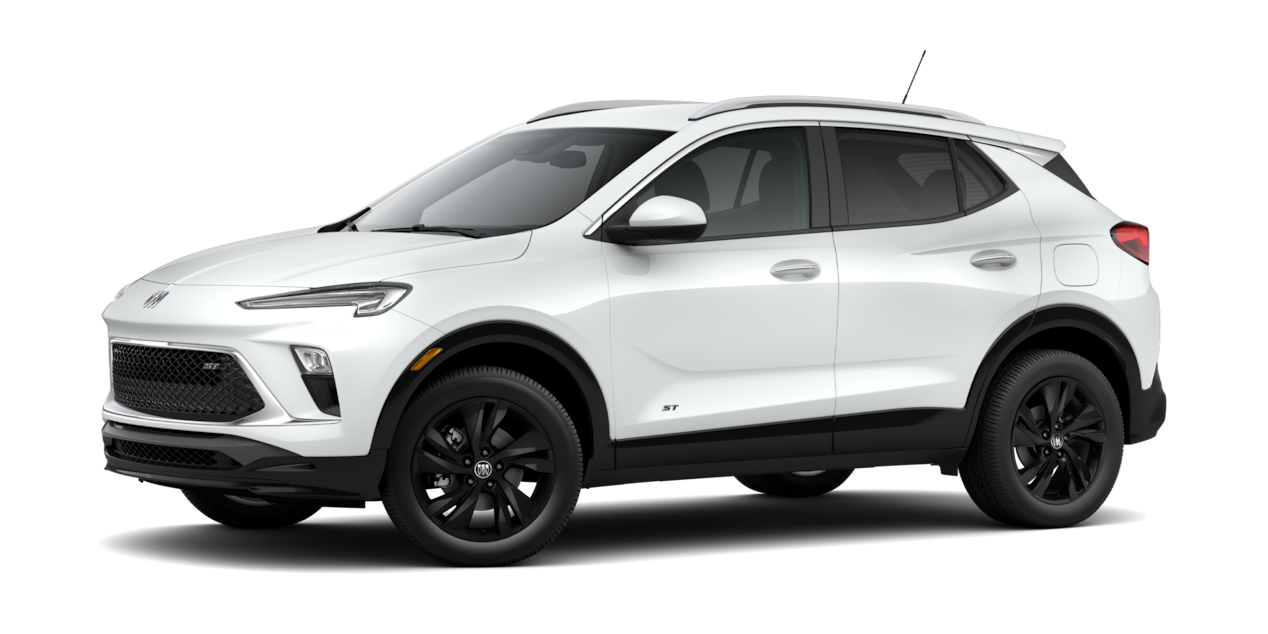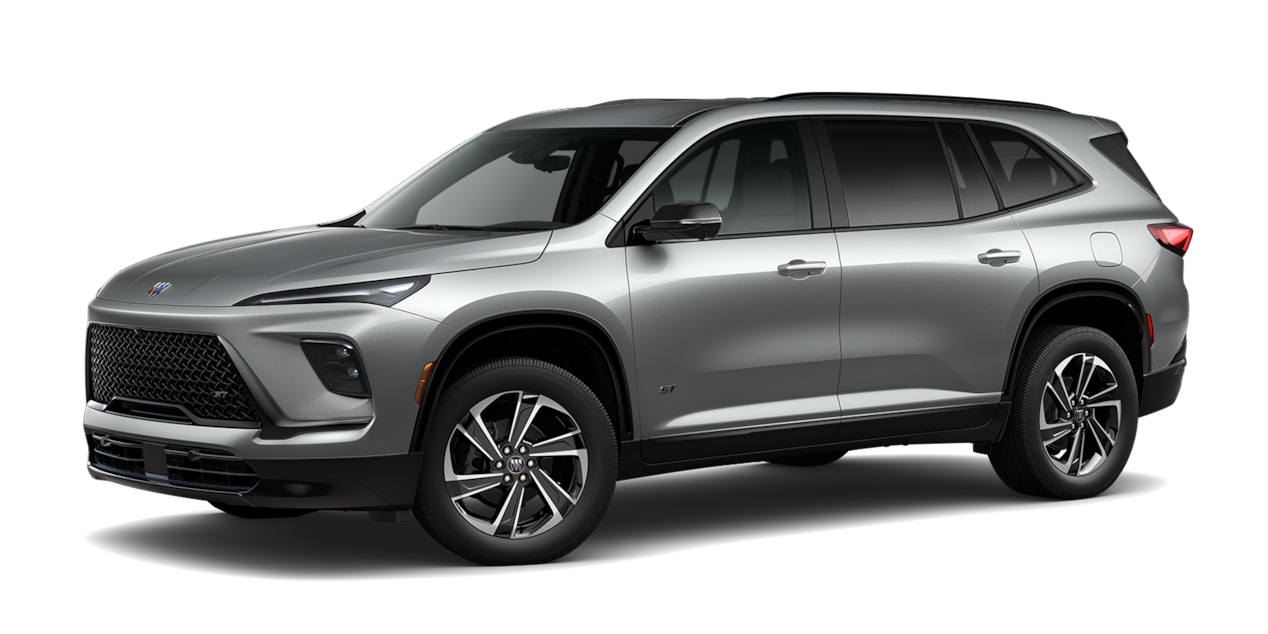How to use Enhanced Automatic Parking Assist
Difficulty level: Intermediate | Time required: 5 Minutes | Tools required: None | Related parts, products, services or technology: None
If your vehicle has this available feature, Enhanced Automatic Parking Assist
How Enhanced Automatic Parking Assist works
1. Enhanced Automatic Parking Assist uses sensors along your vehicle’s front, rear and sides to detect a parking spot. The system is designed to help you park alongside a detected vehicle or vehicles.
2. The feature will then automatically steer, brake and shift gears to move your vehicle into a detected parking space while the vehicle moves at very low speeds. The feature will tell you when you should remove your hands from the wheel so it can steer your vehicle during the maneuver.
3. You must remain in the vehicle during the parking maneuver and must always be prepared to override the feature by manually steering. You must be prepared to apply harder braking, steering and gear selection as needed. Overriding steering and gear selection will disable automatic parking. You can also override the feature by engaging the parking brake.
4. Depending on your vehicle, the button will look like one of the following icons. It may be a physical button inside the vehicle or located on the infotainment screen.
- The letter “P” above a steering wheel and the word “Auto” or
- The letter “P” with lines pointing toward two boxes
5. To use it to find a space on the left, activate the left turn signal or select the left side from your infotainment screen, depending on your vehicle. The feature will then start to look for a parking space on your left that is large enough for your vehicle.
6. Enhanced Automatic Parking Assist can detect parking spots while your vehicle is moving forward below 18 mph.
7. When the feature has detected a large enough parking space, you’ll hear a beep and instructions in your instrument panel, or your infotainment display will tell you to stop and shift to REVERSE. On some models, your vehicle will shift to REVERSE automatically.
8. During automatic parking, your vehicle will move at very low speeds (maximum speed of 3 mph).
9. You’ll see instructions on your instrument panel or infotainment screen to tell you when to remove your hands from the steering wheel. Your steering wheel may also vibrate to indicate that you can remove your hands from the wheel.
10. Your vehicle will then automatically steer and brake into the detected spot, and shift between FORWARD and REVERSE gears as needed until the maneuver is complete. In small or tight parking spaces, the feature may make multiple maneuvers to park your vehicle.
11. You’ll see a progress bar in your instrument panel or infotainment screen that shows you how far you are into the parking maneuver.
Partial unparking with Enhanced Automatic Parking Assist
Enhanced Automatic Parking Assist can also help you pull out of a parallel or perpendicular parking space in certain situations. On some older vehicles, this feature can only unpark from parallel parking spaces when there is another vehicle in front of your vehicle. Your vehicle will display whether it can unpark or not on your infotainment screen after you press the Automatic Parking Assist button.
To use the feature to partially unpark your vehicle:
1. After you turn your parked vehicle on, press the Automatic Parking Assist button.
2. If the vehicle can unpark in your parking situation, you will see a message on your infotainment screen asking you if you want to unpark.
3. If you agree, you will also be asked to choose the direction you want your vehicle to exit the space and the type of parking (parallel or perpendicular). Your vehicle will automatically shift gears, brake and accelerate to point you into traffic so you can easily pull out.
4. When the maneuver is complete, your vehicle will shift into NEUTRAL and engage the parking brake. You will see a message indicating the unpark is complete. You can then shift into FORWARD gear and drive away, if safe to do so.
How to cancel Enhanced Automatic Parking Assist
1. If you want to cancel the maneuver, press the Automatic Parking Assist button, then take control of the steering or shift gears. You can also override the feature by engaging the parking brake or turning the vehicle off.
2. If you brake the vehicle to a brief stop, the feature will continue automatic parking when you lift your foot off the brake. If you brake for an extended period of time, however, the feature will stop the automatic parking process.
3. Enhanced Automatic Parking Assist will also stop working if you open the driver door with an unfastened seat belt or exceed the maximum allowed speed. It will also stop if you open any other vehicle door or the trunk.
Things to remember when using Enhanced Automatic Parking Assist
1. Remember, Enhanced Automatic Parking Assist does not respond to changes in the parking space, such as a nearby vehicle moving or a person or object entering the parking space.
2. Enhanced Automatic Parking Assist does not detect or avoid traffic that is behind or alongside your vehicle. You must always be ready to override the feature during the parking maneuver.
3. You’ll still receive park assist alerts and seat pulses (if your vehicle has the Safety Alert Seat) during automatic parking to help you stay aware of detected objects around your vehicle.
4. You can also switch between parallel and perpendicular parking types. To do this, select the parking type from the infotainment display, or press and hold the APA button to switch between parallel and perpendicular parking.
5. Keep the Enhanced Automatic Parking Assist sensors clean to help ensure the system works effectively. There are 12 sensors located on the front and rear bumpers. For more information on the system’s sensors, see the Enhanced Automatic Parking Assist Troubleshooting article.
For your security, please don’t include personal info such as phone number, address or credit card details.
Related links and resources
Looking for something else?
To find out if your vehicle has this feature, contact your dealer or refer to your vehicle’s equipment list. Please check your Owner’s Manual for more information about features.


